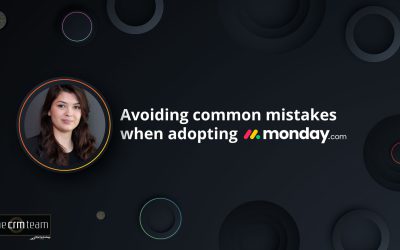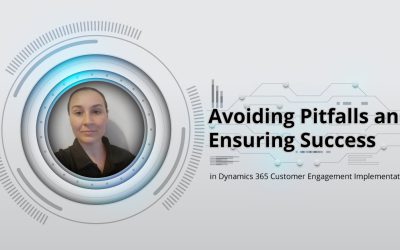Building profitable relationships – here’s what you need to know about relationship selling
I’m reaching out – but leads aren’t reaching back. Is it my approach? Is there another way to connect better or more meaningfully from the get-go – one I haven’t thought of?
If this feels familiar, read on.
The rise of relationship selling
It’s been quick, but radical. The nature of the sales game has changed – profoundly.
Gone are the days in which cold calls – or emails – could be relied upon to get you the connections you need. In fact, selling through any ‘cold’ contact is becoming more and more difficult.
Today’s sales landscape is, more and more, about one thing – trust. And not only the kind of trust that is built up over years of working together, but up-front, just-starting-out trust. And the way to get that trust going is: through relationships.
Consider this: A warm referral is four times more likely to result in a sale than a cold call.1
This is the world of relationship selling. Let’s explore it in more detail.

1. Identifying the right leads
This is a traditional step – and still necessary. However, it’s being remade through modern CRM solutions.
With LinkedIn integration and machine learning capabilities, it’s possible to not only quickly identify who matters most, but who is most likely to buy, and how you can leverage your connections (or your colleagues’) for a warm introduction.
Then, once you’ve got a foot in the door, it becomes possible to make the most of that new connection: to find other meaningful contacts at the same company – and elsewhere, too.
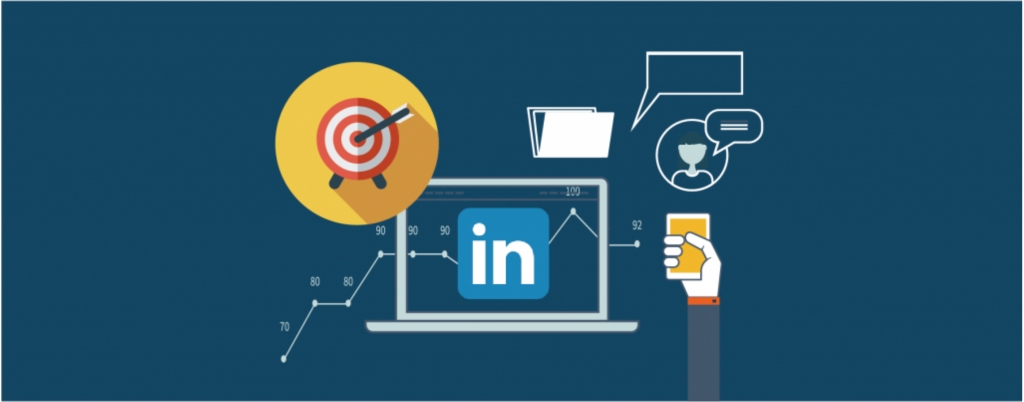
2. Keeping it meaningful
We’re all inundated with digital messaging every day. In this hyper-saturated space, the only way to stand out is through relevance. By understanding a potential customer’s unique pain points and challenges – and offering them a tailored solution – you show interest and build trust.
One way to do this? Keep track of what your connections share on LinkedIn and the discussions they participate in. Have they shared particular news articles? Commented on trends? With insight into this, you’re far better to understand their specific wants and needs.
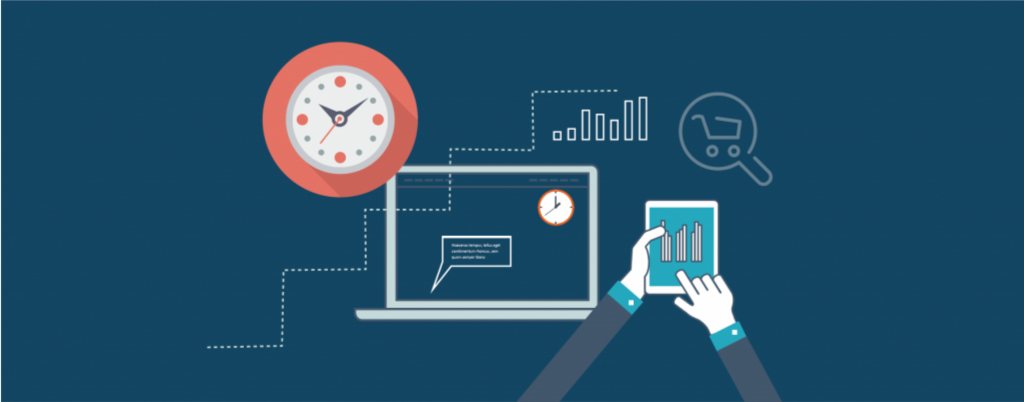
3. Getting the timing just right
Contact a prospect or current customer when they’re overburdened with other things? At best, you’ll get silence. At worst, you’ll hurt the relationship, adding just one more pressure they need to deal with. You can leave the approach to chance or intuition, or you can get data-savvy.
How? By evaluating the health of your relationship, based on transactions, sentiment, social network messages, emails and the frequency and level of those interactions.
Predictive analytics allows you to identify not only where new business opportunities lie and which accounts to reach out to, but where potential risks for each account may lurk.

4. Have the right info ready to go
Managing many accounts – and doing it well – is tricky. Some people you interact with all the time. Others go quiet, only to make contact at an unexpected time.
When a customer feels they’ve caught you off guard or that you’re not ready to help just when they need it can mean a relationship red flag.
However, by keeping content ready to go when your customers are, you emphasise your interest and commitment. Moreover – you’re now able to tell when someone interacts with your content or if it’s been shared with other decision-makers, adding new leads to your book.
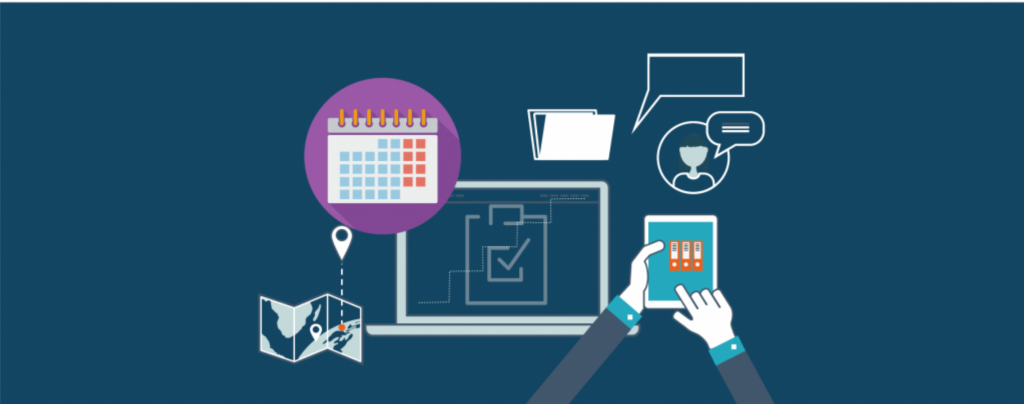
5. Get your priorities straight
It’s easy to lose focus – or to focus on the wrong client, at the wrong time. Trying to keep track of where every customer is in the buying process is impossible without a top-down, data-driven view.
Wading through emails and correspondence doesn’t work. And it saps time. However, it’s possible to easily prioritise tasks and opportunities with the right technology. Need some guidance as to what to do next? With machine learning and analytics, that’s possible, too.
The sum-up
Relationship selling is remaking everything – from how connections are formed and nurtured to how they’re grown and leveraged.
Today’s always-on world of business means that impersonal, untailored contact is ignored more and more – it simply forms part of the mass of unasked-for communication we’re all faced with each day.
The solution: trust.
By leveraging your existing connections, you move from a cold caller to a known caller. Moreover, with better insight into potential customers’ pain points and needs, you’re not only
At every stage of the sales process, relationship building is coming to take centre stage.
To find out more about how you can embrace relationship selling in your sales process, check out our Microsoft sales solution.
1 http://www.nielsen.com/us/en/press-room/2015/recommendations-from-friends-remain-most-credible-form-of-advertising.html
Don’t miss more articles by The CRM Team
Breaking Down Silos: How monday.com Unifies Teams Across Departments
Breaking Down Silos: How monday.com Unifies Teams Across DepartmentsIn today’s fast-paced business environment, the biggest roadblock to efficiency isn’t just outdated processes—it’s siloed teams. Different departments often operate in isolation, leading to...
Avoiding common mistakes when adopting monday.com
Avoiding common mistakes when adopting monday.com - Unlock Its Full Potential for Business Successmonday.com has transformed how businesses manage projects, workflows, and team collaboration. It’s a powerful Work OS that promises automation, real-time insights, and...
Avoiding Pitfalls and Ensuring Success in Dynamics 365 Customer Engagement Implementation
Avoiding Pitfalls and Ensuring Success in Dynamics 365 Customer Engagement Implementation by Taryn EngelbrechtImplementing Dynamics 365 Customer Engagement can be a game-changer for organizations looking to enhance their digital presence and improve customer...
Discover More Stories

